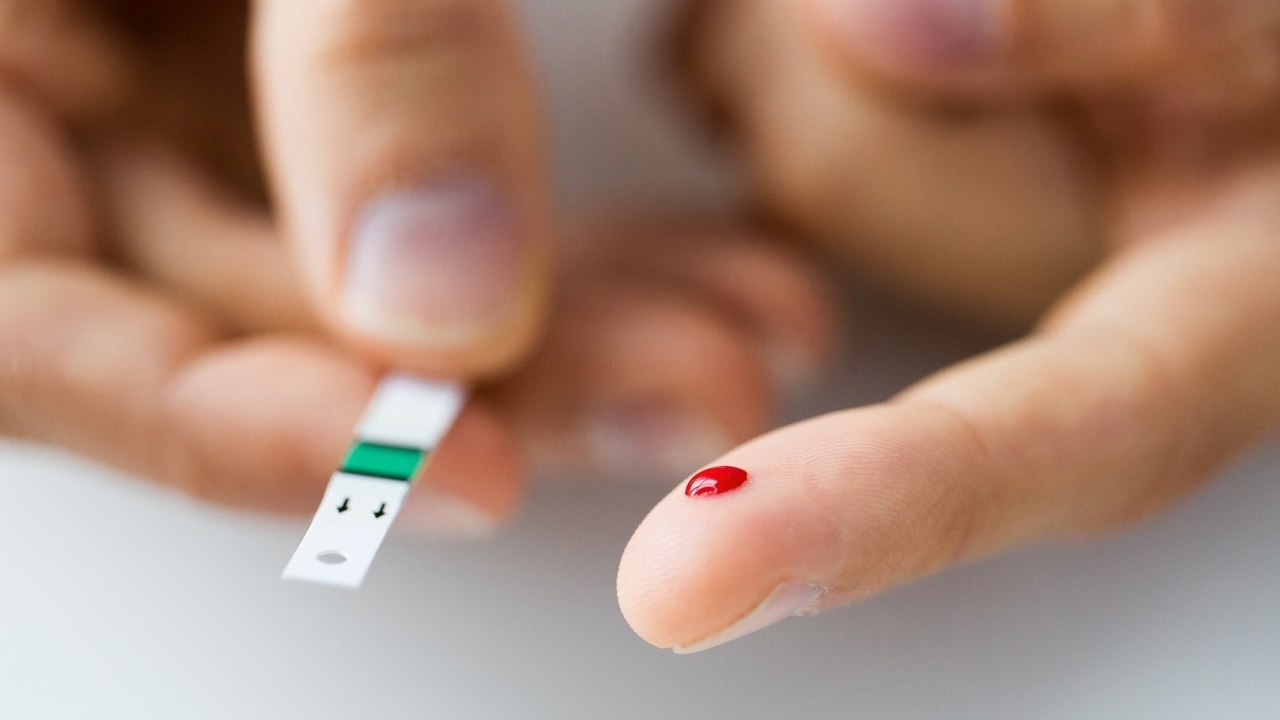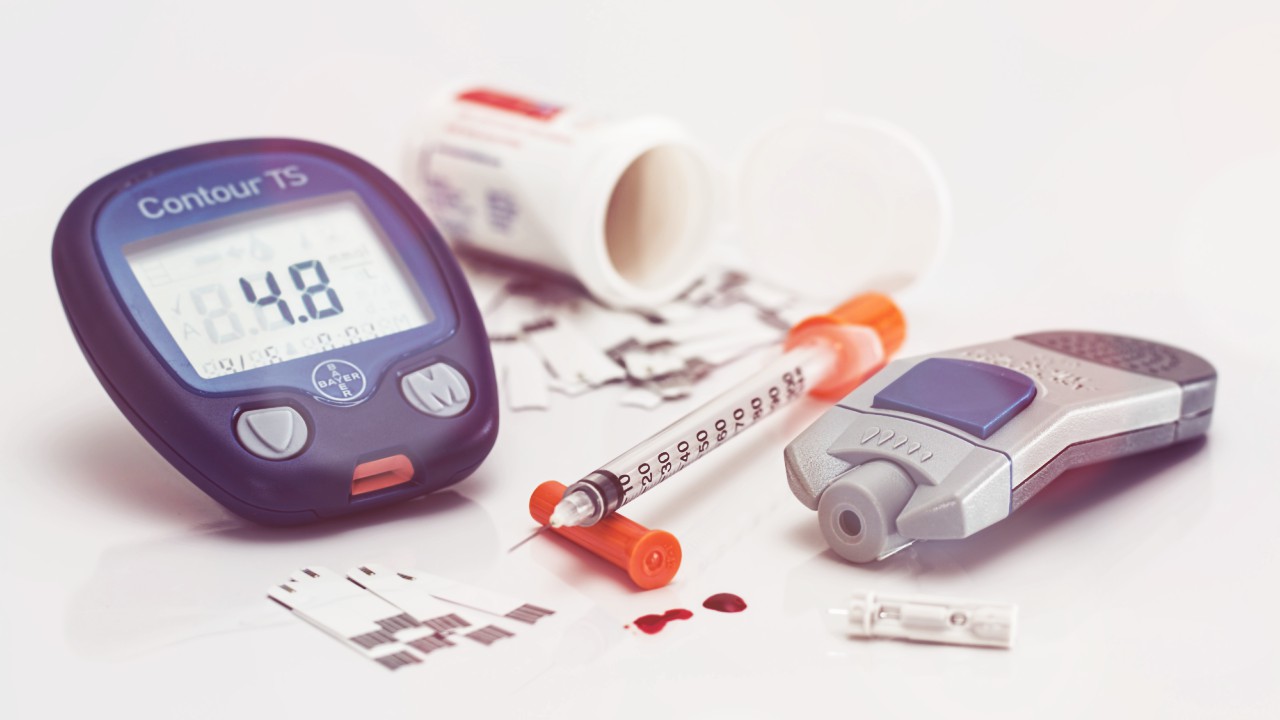 Photo: Getty Images
Photo: Getty Images
My family physician summoned me to his office right after he received the results of my blood work about ten years ago. He was extremely concerned about my labs.
As soon as I went into the office he told his front office staff not to disturb him as he wished to speak to me in length. I didn't understand what was going on and it scared me to death.
He took me into his office and shut the door. He turned around to look at me and said,"You are a walking time bomb about to explode any given time." I looked at him with a blank face.
He held out the lab test results for me and asked me to read the numbers aloud. Every one of them were out of range. What particularly concerned me was my triglyceride levels. They were 4,000 mg/dl. He told me that was asking for a heart attack or a major stroke any given time. He asked me whether I wanted to live longer for my children or die young. There were only two choices he said, either to make lifestyle changes for good or get worse and die.
Years later, I was told my son had 1,300 mg/dl. triglycerides in the lab results. That was devastating news to me. I knew having triglycerides more than 150 mg/dl. were bad news for diabetics and non-diabetics alike. Triglycerides some how act like precursors for diabetes.
Researchers haven't yet found the exact relationship between the two, but from what we know, having triglycerides higher than normal raises the risk of diabetes, heart disease, strokes, and vascular diseases like blood clots. People with higher than normal triglycerides naturally have higher than normal LDL levels and lower HDL levels (and higher than normal cholesterol (dyslipidemia). People with elevated triglycerides may also develop hypertension.
Trigylcerides, or the ugly fats, come from consuming too much food in one’s diet such as carbohydrates. Carbohydrates are converted into sugars in the body and boost the energy. But excessive consumption of carbohydrates that come from starches and sugars can become fat deposits in the tissues and also in the blood vessels and eventually lead to strokes, heart attacks.
When the triglycerides are higher in the blood stream they turn into fat, which raises the LDL levels higher by making the LDL cholesterol content more dense. So instead of free flowing LDL cholesterol, cells stick together and make plaque which in turn, narrow or block the blood vessels leading to heart attacks, strokes or peripheral blockages or clots elsewhere in the body.
Type 2 diabetes and hypertriglyceridemia act as precursors for each other. Type 2 diabetes is caused by higher levels of sugars in the blood when the insulin that is produced by pancreas either is not sufficient to process them or the body is insulin resistant.
Triglycerides increase the chance of insulin resistance thus causing the blood sugars to raise in the body. Hyperglycemia causes increased sugar levels in the body, which increases the number of triglycerides to be deposited in the blood vessels, causing LDL cholesterol to be increased and HDL levels to be suppressed. A person who is diagnosed with higher than normal triglycerides can go on and develop type 2 diabetics in the future if not cautious.
American Diabetic Association triglyceride range for macro vascular diseases includes:
higher or equal to 400 mg/dl. -- high risk
150-399 mg/dl. -- borderline risk
less than or equal to 150 mg/dl. -- low risk
(from www.high-triglycerides.com)
Food recommendations for lowering triglycerides and reducing the risk of diabetes include high fiber foods such as cauliflower, broccoli, all vegetables except for potatoes (in moderation), salads, fish, low fat/non-fat milk, sugarless or low sugar sodas and juices, limited intake of desserts, rice, pastas. Omega-3 fish oil substitutes could help raise HDL levels and lower LDL cholesterol as well as triglycerides. Eating smaller meals through out the day helps keep the body's metabolism going, reducing the risk of elevated sugars and triglycerides.
Changes in lifestyle, including increased cardiovascular activities, not only helps keep the heart healthy, but reduces the risk of diabetes, triglycerides and obesity.
Taking matters into hand to manage our health and well-being for ourselves and our loved ones is the first step in healthy living because, 'OUR LIFE MATTERS'.
http://www.buzzle.com/articles/how-to-reduce-triglycerides.html
http://www.buzzle.com/articles/triglycerides-and-diabetes.html
http://www.high-triglycerides.com/herbal-remedies/high-triglycerides/triglycerides-and-diabetes
http://diabetes.niddk.nih.gov/dm/pubs/insulinresistance/
http://inhealth.about.com/triglycerides/the-triglyceride-diabetes-connection
http://www.optimal-heart-health.com/causesofhightriglycerides.html
Reviewed July 26, 2011
by Michele Blacksberg R.N.
Edited by Shannon Koehle





Add a CommentComments
There are no comments yet. Be the first one and get the conversation started!